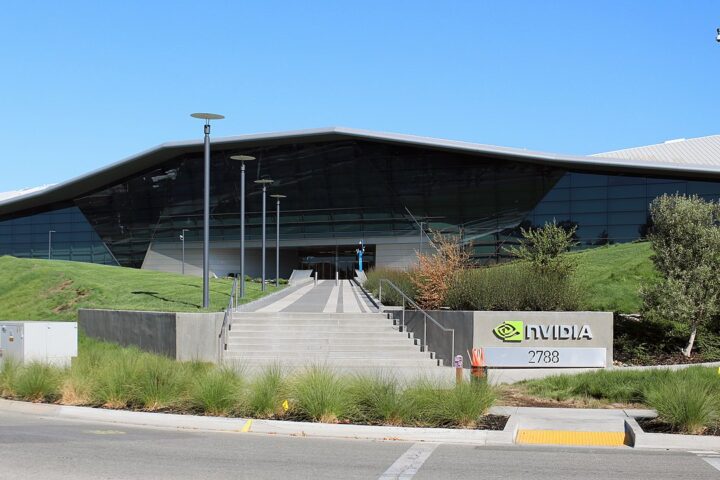Nokia has joined the WWF Climate Savers program with a pledge to build on its strong environmental record by improving energy efficiency and reducing carbon dioxide emissions across its business. The company is targeting a series of energy savings including halving the stand by energy used by its mobile phone chargers, using green electricity to power 50% of its facilities by 2010 and reducing the overall energy needs of its sites by 6% by 2012.
The targets are part of Nokia’s existing Climate Change Strategy. Its commitment to these has been reinforced by joining the WWF Climate Savers program, a collaboration between one of the world’s largest global conservation organizations and business to show leadership in addressing climate change.
“WWF is delighted with Nokia’s Climate Savers commitments to make significant energy savings both in its own operations and from the use of its products,” said WWF International Director-General, James P. Leape. “When a global brand with a high consumer profile gets on board with enthusiastic climate action it reinforces the messages that we need to act globally and quickly on climate change and we can act globally and quickly.”
Kirsi Sormunen, Vice-President of Environmental Affairs at Nokia, said: “As the world’s largest mobile company we have a responsibility to look at how we can play our part in tackling climate change. This is not about grand gestures but everyday things that when multiplied by the scale of our operations, or the 900 mln people using Nokia devices globally, can have a major impact. It also makes good business sense, helping us find new ways to be more efficient and innovative.”
Nokia’s WWF Climate Savers commitments build on the company’s existing achievements in increasing energy efficiency. The targets include:
PRODUCT ENERGY EFFICIENCY. Around two thirds of the energy consumed by a mobile phone during its use is lost when it is fully charged and unplugged but the charger is left connected to the mains, so called “no-load” mode. Over the last nine years Nokia has reduced the average no-load energy used by its chargers by over 50% and its best-in-class charger needs just one tenth of the power used by the most common chargers. Nokia aims to reduce the average no-load power consumption by another 50% by the end of 2010. It will also roll out reminders for consumers to unplug the charger from the electricity outlet once the phone has been fully charged across its product range by the end of 2008.
OFFICES AND SITES. From 2003 to 2006 energy saving projects in Nokia facilities in Europe, the
GREEN ENERGY. Nokia currently uses green electricity afor 25% of the energy needed to run its facilities worldwide. The company plans to increase this to 50% in 2010.
WWF’s Climate Savers was founded in 1999 and comprises currently 14 major international companies, reducing their total emissions by over ten million tons of CO2 per year compared to reference scenarios. For more information go to http://www.panda.org/climatebusiness . Nokia has been a WWF partner since 2003.






